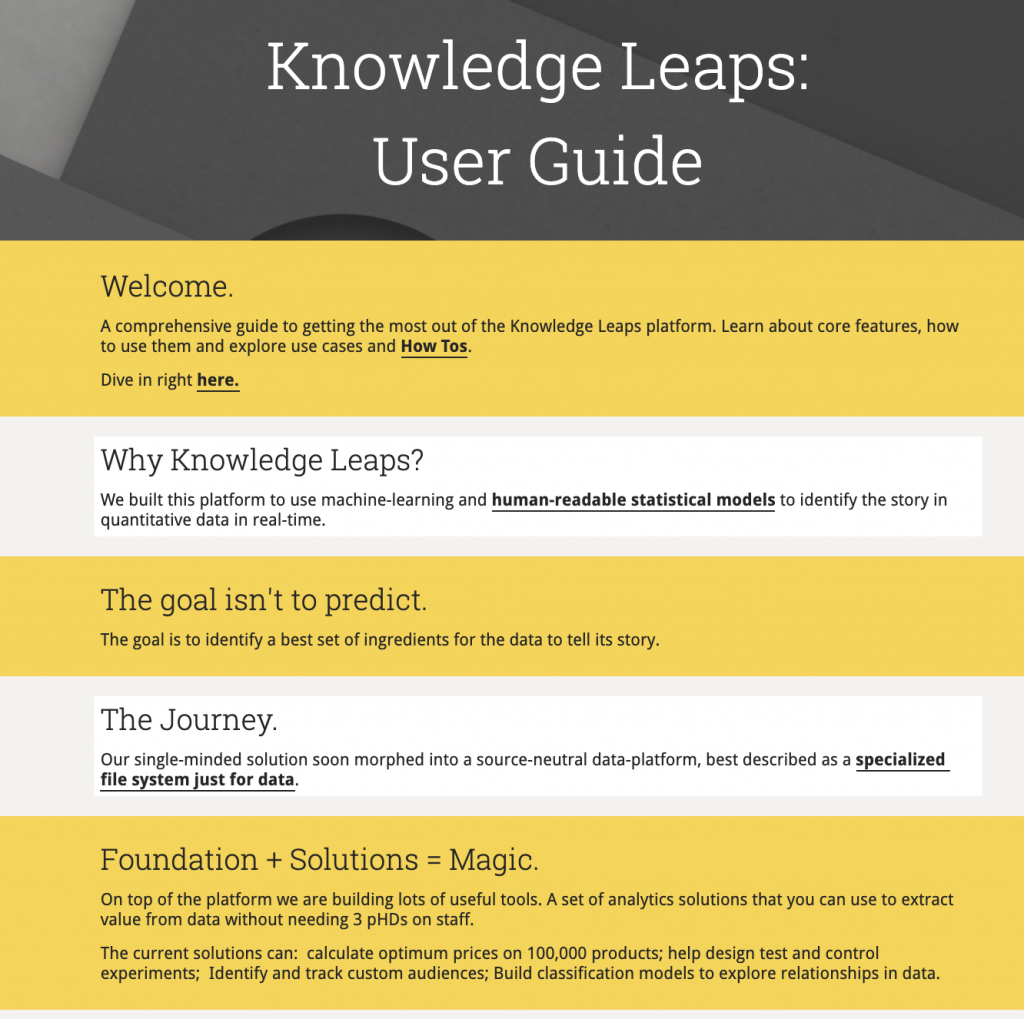In recent years, there has been lots of talk about incorporating Machine Learning and AI into market research. Back in 2015, I met someone at a firm who claimed to be able scale up market research survey results from a sample of 1,000 to samples as large as 100,000 using ML and AI.
Unfortunately that firm, Philometrics, was founded by Aleksandr Kogan - the person who wrote the app for Cambridge Analytica that scraped Facebook data using quizzes. Since then, the MR world has moved pretty slowly. I have a few theories but I will save those for later posts.
Back on topic, Knowledge Leaps got a head start on this six years ago when we filed our patent for technology that automatically analyzes survey data to draw out the story. We don't eliminate human input, we just make sure computers and humans are put to their best respective uses.
We have incorporated that technology into a web-based platform: www.knowledgeleaps.com. We still think we are a little early to market but there might be enough early adopters out there now around which we can build a business.
As well as reinventing market research, we will also reinvent the market research business model. Rather than charge a service fee for analysis, we only charge a subscription for using the platform.
Obviously you still have to pay for interviews to gather the data, but you get the idea. Our new tech-enabled service will dramatically reduce the time-to-insight and the cost-of-insight in market research. If you want to be a part of this revolution, then please get in touch: Doug@knowledgeleaps.com.



